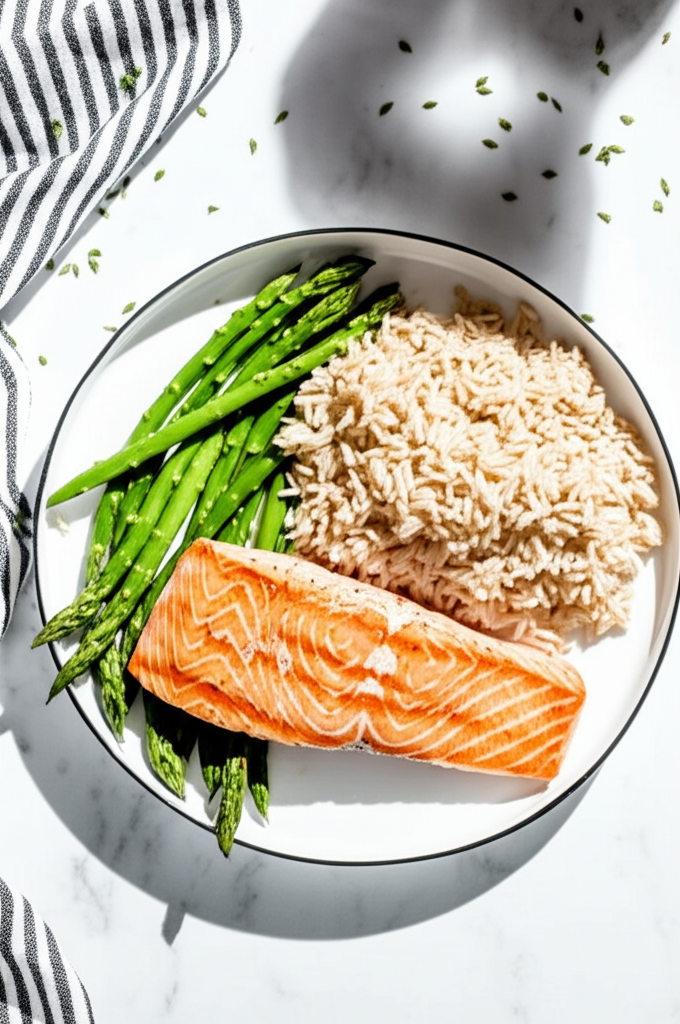Many people associate the word “diet” with restriction and deprivation. However, the 2×1 and 3×1 eating plans offer a refreshing alternative. These aren’t restrictive diets but rather lifestyle approaches designed to improve metabolism and promote healthy weight loss.
The core principle behind these plans lies in understanding how different food types impact the body’s insulin production. The 2×1 and 3×1 plans encourage individuals to focus on consuming a larger proportion of foods that support metabolism while reducing the intake of those that hinder it.
These eating plans emphasize visual portioning rather than strict calorie or fat counting. This method involves mentally dividing a plate into sections based on food types. The goal is to prioritize “A” foods, which are those that help with weight loss, and moderate the consumption of “E” foods, which can contribute to weight gain.

“A” foods include proteins like meat, chicken, turkey, and fish. These foods produce less insulin, making it difficult for the body to store excess fat. On the other hand, “E” foods, such as bread, pasta, rice, and sweets, tend to increase insulin production, potentially leading to weight gain. The plans are not about eliminating “E” foods, but rather consuming them in smaller proportions.
In the 2×1 plan, two-thirds of the plate should consist of “A” foods, while the remaining one-third can be “E” foods. For example, a meal might include a serving of lean meat, a generous portion of salad, and a smaller serving of rice or pasta. This approach allows for flexibility and enjoyment of a variety of foods while still promoting healthy weight management.
The 3×1 eating plan is a more aggressive approach, often recommended for individuals with significant weight loss goals or those managing diabetes. It involves consuming three portions of “A” foods for every one portion of “E” foods. This further reduces insulin production and supports more rapid weight loss. A 3×1 meal could consist of grilled fish, steamed vegetables, and a small serving of dessert.

By understanding the impact of different food types on insulin production and adopting the visual portioning techniques of the 2×1 and 3×1 eating plans, individuals can create a sustainable and enjoyable lifestyle that supports healthy weight management and overall well-being. These plans offer a flexible and empowering approach to nutrition, allowing individuals to eat a variety of foods while achieving their health goals.



